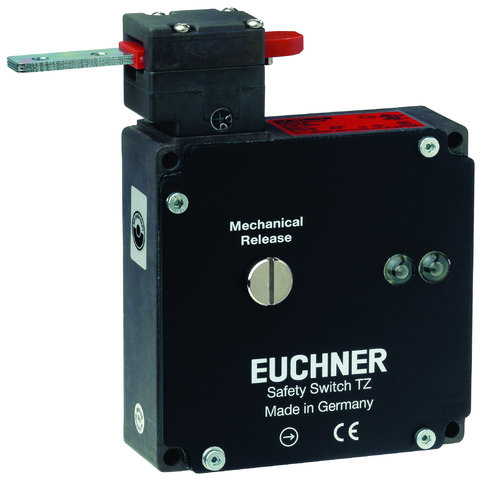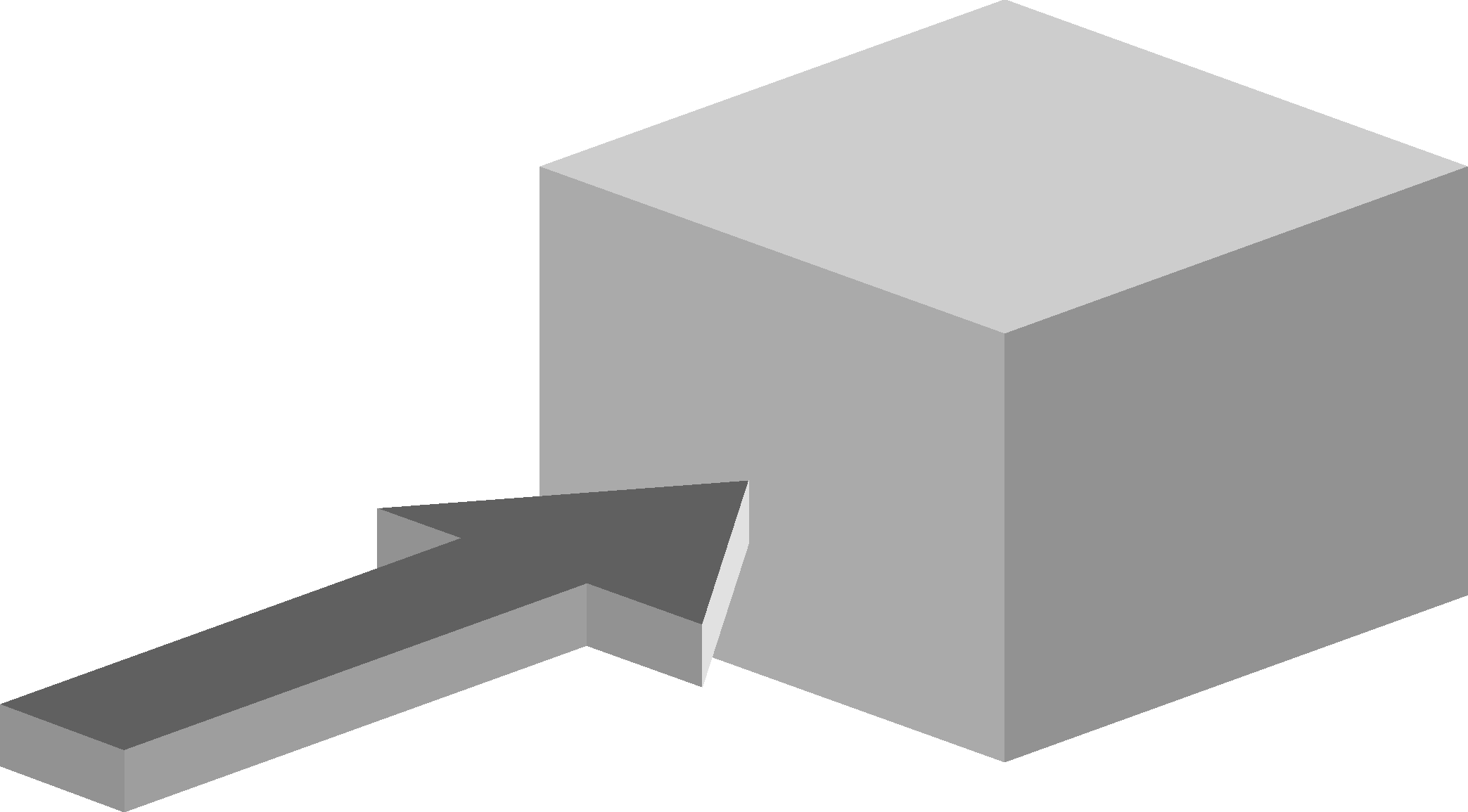Description
xSpecifications
x| Type | Description |
| TZ2 | Open-circuit current principle, guard locking by applying voltage to the solenoid. Release by spring force. |
Switching Element
| Element | Description |
| SK | For monitoring the door/actuator position |
| ÜK | For monitoring the guard locking (built-in solenoid) |
| 528H | Slow-action switching contact 1 NC + 1 NO |
Auxiliary Release
This is used for releasing the guard locking with the aid of a tool. Sealing can be fitted to protect against tampering. Lead seal kit and tool included (already pre-assembled on versions with plug connectors).
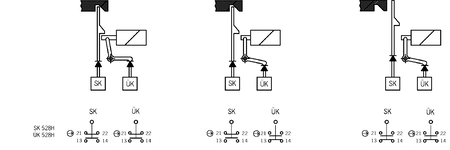
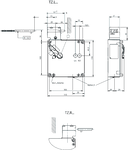
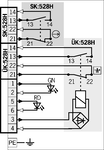
Technical Data
Approvals


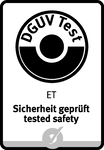


Operating and Display Elements
| Element | Description |
| LED display | Operating voltage corresponds to the solenoid voltage (2 LEDs; green, red) |
Electrical Connection Values
| Parameter | Value |
| Power consumption | 10 W |
| Connection cross section | 0.34 ... 1.5 mm² |
| Rated insulation voltage Ui | 250 V |
| Rated impulse withstand voltage Uimp | 2.5 kV |
| Utilization category DC-13 | 4 A 24 V (>70 °C =>2 A) |
| Utilization category AC-15 | 4 A 230 V (>70 °C =>2 A) |
| Short circuit protection according to IEC 60269-1 | 4A gG (> 70 °C => 2A gG) |
| Solenoid operating voltage AC/DC | 24 V -15% ... +10% |
| Solenoid duty cycle | 100 % |
| Switching voltage min. at 10 mA | 12 V |
| Switching current min. at 24 V | 1 mA |
| Thermal rated current Ith | 4 A (>70 °C =>2 A) |
Mechanical Values and Environment
| Parameter | Value |
| Approach speed | max. 20 m/min |
| Actuating head | left |
| Connection type | 1 x M20 x 1.5 |
| Number of door position NO contacts | 1 |
| Number of guard lock monitoring NO contacts | 1 |
| Extraction force | 30 N |
| Actuation frequency | max. 1200 1/h |
| Actuating force | 35 N |
| Lid | black |
| Installation orientation | any |
| Insertion depth | 52 mm |
| Mechanical life | 1 x 10⁶ |
| Retention force | 10 N |
| Switching principle | Slow-action switching contact |
| Degree of protection | IP67 |
| Ambient temperature | -25 to 80 °C |
| Housing material | Anodized die-cast alloy |
| Contact material | Silver alloy, gold flashed |
| Locking force Fmax | 2000 N |
| Locking force FZh | 1500 N |
| Guard locking principle | Open-circuit current principle |
Downloads
Documents
Documents
x- Choosing a selection results in a full page refresh.

